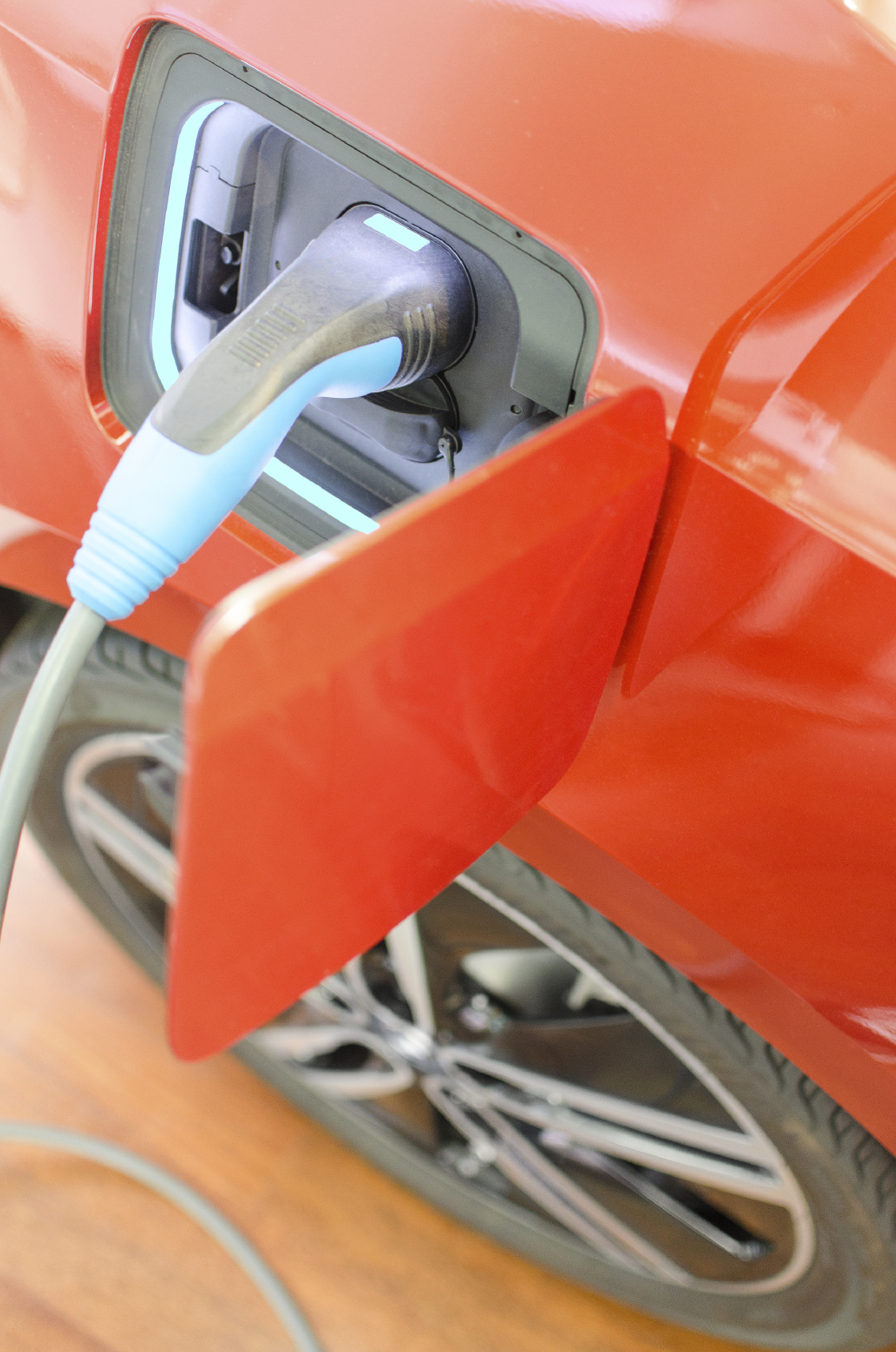
Utility programs around the country incorporate energy management systems (EMS[1]) as a common energy efficiency measure, with varying degrees of success. It seems like it wouldn’t be that difficult, right? Install an EMS and BOOM, save some energy. Eh, not so fast.
The common misperception of the energy savings an EMS can provide comes from the way most people view their system. For example, the average person looks at their current building controls or existing “outdated” EMS as their old clunker car from high school. What could be less efficient? On the other hand, that shiny new EMS looks a lot like one of those brand new high efficiency cars with all the bells and whistles. Of course it is going to save energy! It is, after all, more efficient and high-tech
However, the EMS is not the car. It is not even the engine or the tires that are in need of air. In this car analogy, the building is actually the car. The engine and the tires are the HVAC, lighting, or other equipment in the building. The EMS is actually the driver of the car. Building managers and owners think if they change the driver of the car, they will save energy. But, if the new driver and the old driver drive the same way, with the same car, no savings can occur.
In order to save energy by installing an EMS, the EMS must control the building differently than it was being controlled before. The programing of the building’s operation must change. The schedule should be changed, the cooling set points raised, the equipment sequenced using sophisticated algorithms for which the old system was not capable, or a myriad of other controls adjustments. This also includes replacing those old, dusty pneumatic controls. If the old system was functioning properly, simply switching to digital controls will do squat. Same car, same engine, same tires, same driving habits, same gas usage.
So, don’t fall into the EMS paradox trap. In order to determine the savings, look at how the system is functioning, and don’t be fooled by its flashy appearance and price tag. Simply asking, “How does the equipment operation change with this EMS?” will avoid numerous headaches. Being sure an EMS installation saves energy will ensure happy participants, clients, and customers.
[1] Energy Management System (EMS) also referred to as Building Management System (BMS) or Building Automation System (BAS)




